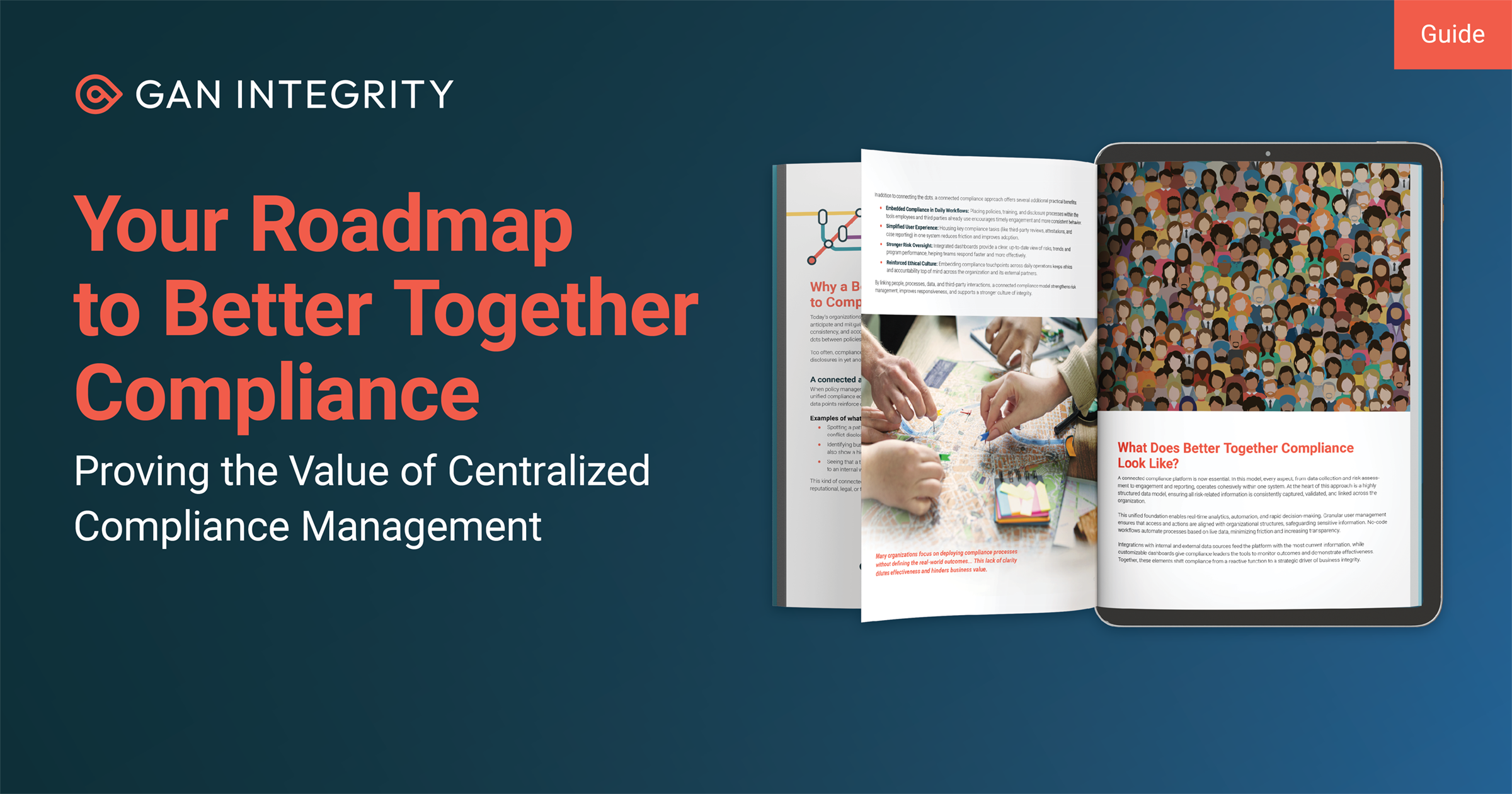In today’s regulatory environment, strong incident management and whistleblowing processes are essential components of any effective compliance program. Incident management enables organizations to quickly identify, investigate, and resolve issues before they escalate, helping to minimize legal, financial, and reputational risks.
By fostering a culture of transparency and accountability, organizations not only protect themselves from potential violations but also build trust among employees and stakeholders, ensuring long-term success and ethical integrity.
Why Every Organization Needs a Strong Incident Management and Whistleblowing Program
No business wants to end up in the headlines for the wrong reasons. Whether it’s a financial scandal, a compliance slip-up, or a social media firestorm, the fallout can be brutal. That’s why building a solid business case for robust incident management and whistleblowing programs isn’t just a “nice-to-have”—it’s a must for any organization that wants to protect itself, its people, and its reputation.
Research also shows us the value of these programs and it leads to outcomes that promote good business.
- Companies with active internal reporting systems and a robust speak-up culture tend to outperform their peers, with studies indicating up to 2.8% higher return on assets, fewer lawsuits, and stronger governance.
- Additionally, organizations recognized for ethical cultures often see improvements of around 40% in customer satisfaction, employee loyalty, innovation, and growth.
Legal, Financial, and Reputational Health
Think of a whistleblowing program as your organization’s early warning system. When employees have a safe, confidential way to report issues, you get the chance to address problems before they snowball into lawsuits, regulatory fines, or public scandals. Early detection is everything: it means you can investigate and resolve issues quietly, without the drama.
But, people will only speak up if they trust the system. Protecting whistleblowers from retaliation isn’t just the right thing to do, it’s the only way to gather honest feedback. When employees know they’re safe, they’re much more likely to raise concerns internally, giving you a chance to fix things before outsiders get involved.
Keeping Regulators Happy (and Avoiding Penalties)
Regulators around the world are getting tougher. Laws like the Sarbanes-Oxley Act in the US, the EU Whistleblower Directive, and Australia’s Corporations Act all require companies to have proper whistleblower protections and reporting systems in place. And it’s not enough to just have a policy on paper; regulators want to see that programs actually work.
Failure to meet these standards can lead to hefty fines, legal action, or even losing your license to operate. These days, compliance isn’t just about ticking boxes. It’s about proving you take ethics seriously, with regular updates, board-level oversight, and real anti-retaliation measures.
Building a Culture People Want to Be Part Of
People want to work for companies that do the right thing. A strong whistleblowing program sends a clear message: that this is a place where transparency and accountability matter. When employees feel safe to speak up, morale goes up, engagement improves, and reputation as an ethical employer grows.
That’s not just good for the bottom line, it’s a magnet for top talent. People want to work for companies they can trust, and a strong speak-up culture is a big part of that.
Navigating New Risks in a Changing World
Remote work, global teams, and the relentless spotlight of social media have made managing risk more complicated than ever. With employees scattered across cities, countries, and time zones, it’s easier for misconduct to slip through the cracks and harder for leaders to spot warning signs.
At the same time, if employees don’t trust internal systems, they might take their concerns straight to the internet or the authorities. That’s why you need whistleblowing and incident management channels that are accessible, confidential, and designed for today’s decentralized workforce. It’s about meeting people where they are, wherever that may be.
Grievance Mechanisms: Not Just for Employees Anymore
The rules are changing fast. Take the EU’s Corporate Sustainability Due Diligence Directive (CSDDD), for example. It requires companies to offer grievance mechanisms not just for employees, but for suppliers, contractors, and anyone else in the value chain. In other words, your incident management system needs to cover everyone your business touches, not just direct staff.
This means thinking beyond traditional whistleblower hotlines and creating systems that work for a global, interconnected world. The goal? Make it easy for anyone with a concern to raise it, and for your team to respond quickly and fairly.
Real-World Benefits: How Incident Management and Whistleblowing Drive Compliance
So, what does all this look like in practice? Here are a few ways these programs make a real difference:
1. Spotting Problems Early
Compliance teams rely on incident management and whistleblowing systems as their eyes and ears across the organization. When employees can report issues confidentially, teams get the chance to catch problems early, before they turn into major risks. Integrating these reports into your broader risk management strategy helps you prioritize and tackle the most pressing threats.
2. Building Trust and Accountability
A good incident management program isn’t just about compliance, it’s about culture. When people see that their concerns are taken seriously, investigated impartially, and addressed consistently, trust in leadership grows. This “speak-up” culture acts like an employee firewall, helping even small compliance teams stay on top of what’s happening across the business.
On the flip side, if people don’t trust the system, they’ll either keep quiet or try to handle things themselves, which can lead to much bigger problems down the line.
3. Showing Stakeholders You Mean Business
Ethical leadership isn’t just for show. When your compliance program is visible, well-communicated, and backed by real action, it sends a powerful message to employees, customers, investors, and regulators: you’re serious about doing the right thing. This builds trust, enhances your reputation, and sets you apart as a responsible industry leader.
4. Using Data to Get Better, Every Day
Incident management systems generate a goldmine of data. By analyzing reports and trends, compliance teams can spot patterns, identify root causes, and fix systemic issues. This data-driven approach means you’re not just reacting to problems, you’re constantly improving, training smarter, and staying ahead of future risks.
Making It Work: The Role of Technology
Today’s best compliance teams use integrated incident management platforms like GAN Integrity to manage everything from intake and triage to investigation and root cause analysis. These tools make it easy to centralize reports, connect related risks, and ensure every concern is handled quickly and confidentially.
With the right technology, you can link incident management to other critical processes, like conflicts of interest disclosures, giving you a holistic view of risk across your organization.
The bottom line? Strong incident management and whistleblowing programs aren’t just about avoiding trouble, they’re about building a safer, more ethical, and more resilient business. In a world where risks are always evolving, having the right systems in place is your best defense, and your best opportunity to lead with integrity.

Hannah Tichansky is the Content and Social Media Manager at GAN Integrity. Hannah holds over 13 years of writing and marketing experience, with 8 years of specialization in the risk management, supply chain, and ESG industries. Hannah holds an MA from Monmouth University and a Certificate in Product Marketing from Cornell University.
